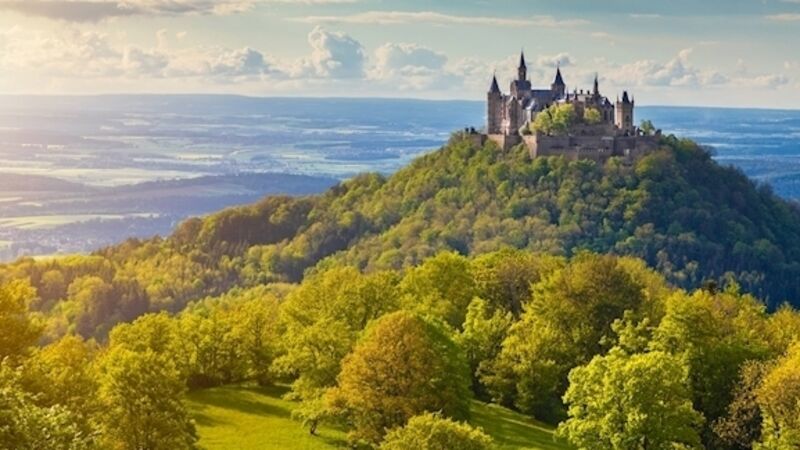European-grown timber 8%-12% lighter since 1900

European-grown timber has become 8%-12% lighter since 1900, according to researchers at the Technical University of Munich (TUM).
“The lighter wood is less solid, and it has a lower calorific value,” said Hans Pretzsch, Professor for Forest Growth and Yield Science at the TUM.
“This is crucial for numerous application scenarios ranging from wood construction to energy production.
“Less solid wood in living trees also increases the risk of damage events, such as breakage due to wind and snow in forests.”
“But the most important finding for practical and political aspects is that the current climate-relevant carbon sequestration of the forests is being over-estimated, as long as it is calculated with established but outdated wood densities.
“The accelerated growth is still resulting in surplus carbon sequestration”, said Pretzsch. “But scaling up for the forests of central Europe, the traditional estimate would be too high, by about ten million metric tons of carbon per year.”
A team from the University analysed wood samples from the oldest existing experimental areas, spanning a period of 150 years.
They examined wood samples from several hundred trees, and analysed every single annual growth ring (30,000 of them), using a high-tech procedure.
The samples were taken from common European tree species such as spruces, pines, beeches, and oaks.
The researchers concluded that, since 1900, the volume growth of trees in central Europe has accelerated at a rate varying from 29% to 100%.
But the wood has gradually become lighter.
In other words, even though a greater volume of wood is being produced today, it now contains less material than just a few decades ago.
Experts used a high-frequency probe to scan each sample in steps of a hundredth of a millimeter.
Pretzsch said, “By doing so, we measure the specific weight of the wood with an accuracy and resolution which until recently was unthinkable.”
“We have detailed knowledge of the history of every single plot and tree”, said Pretzsch. “This allows us to rule out the possibility that our findings could result from the forest being managed differently now, as compared to a hundred years ago.”
Pretzsch and his team see the causes as being the long-term increase in temperature due to climate change, and the resulting lengthening of the vegetation period.
Nitrogen input from agriculture, traffic fumes, and industrial pollution also plays a part.
The Technical University of Munich is one of Europe¹s leading research universities













